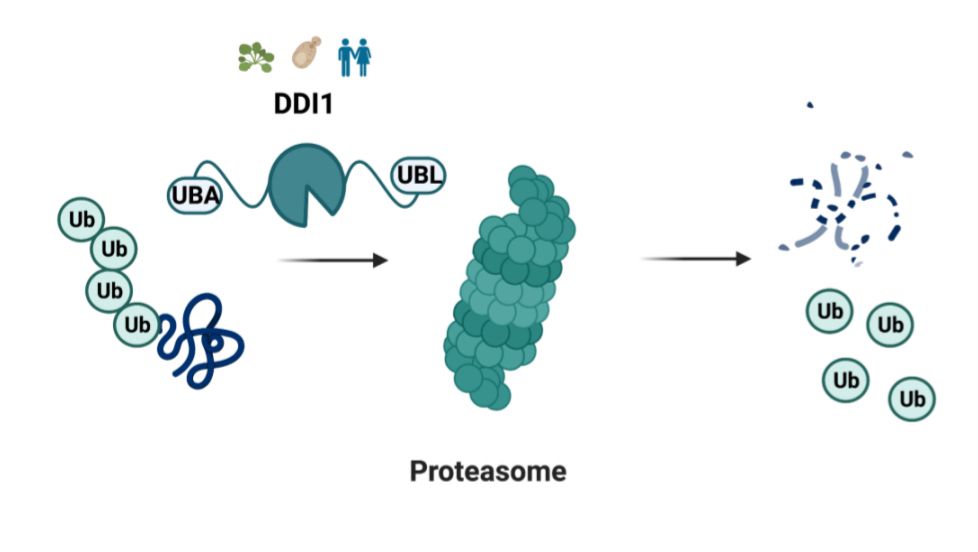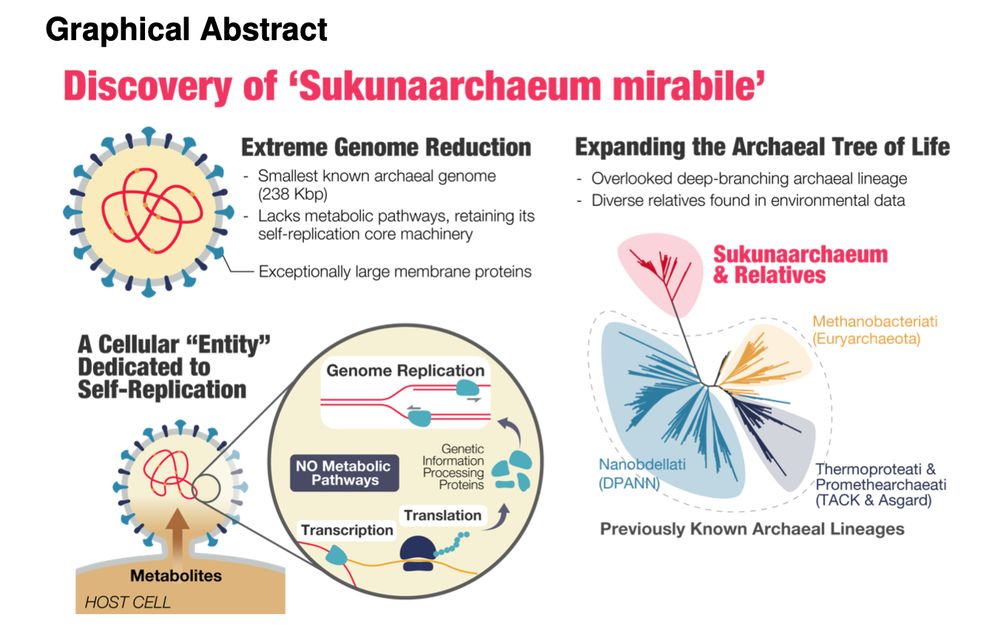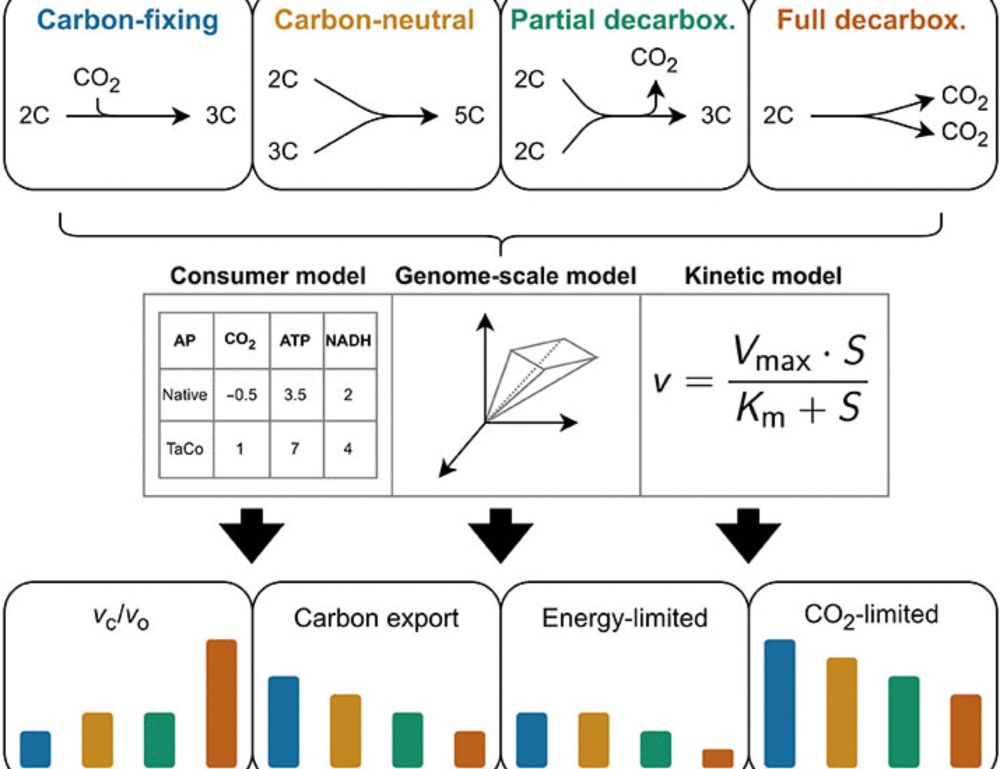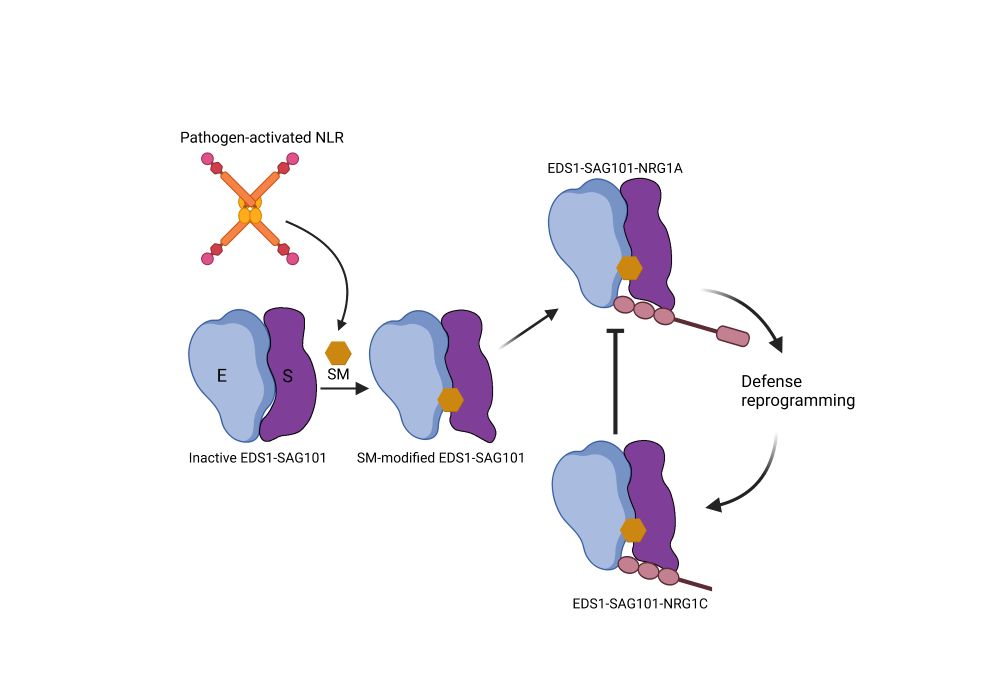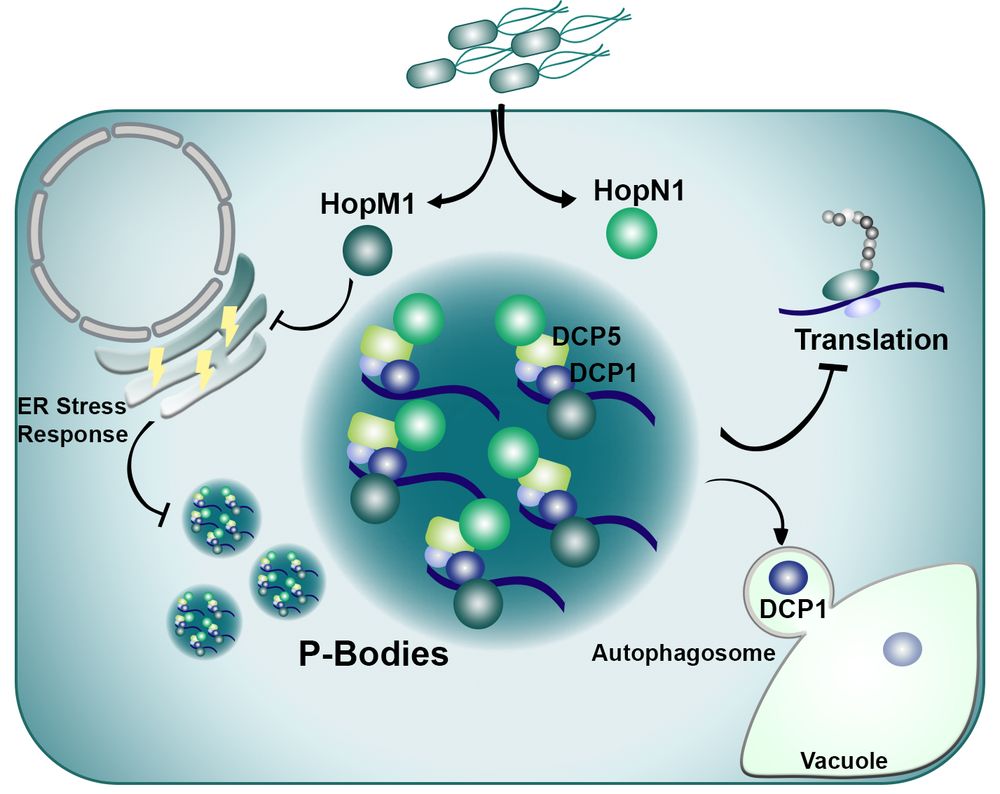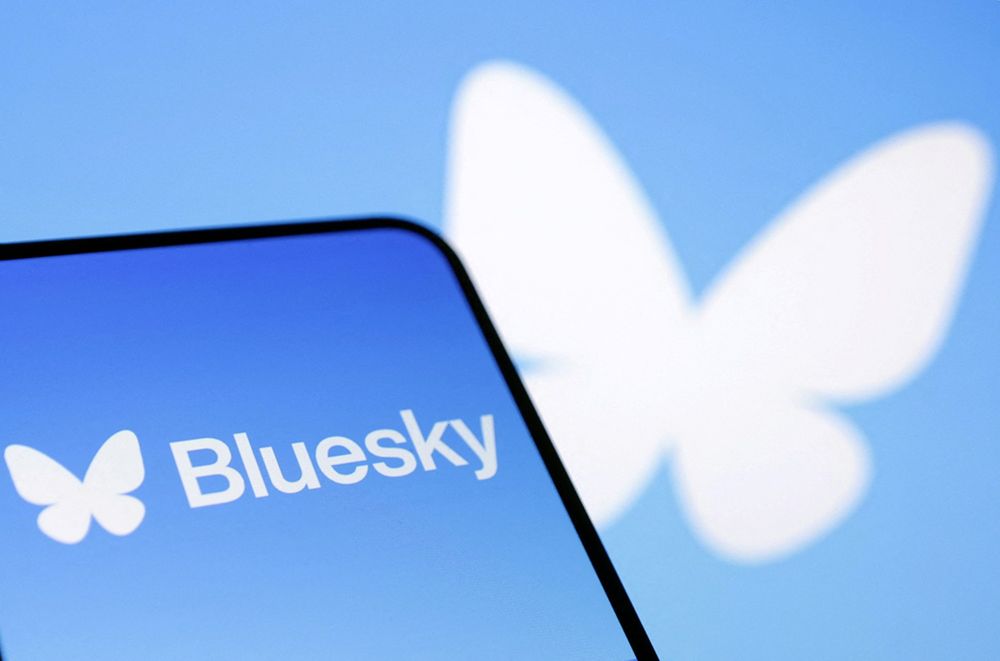Linus Börnke
@linusboernke.bsky.social
180 followers
390 following
6 posts
Plant scientist working on the evolution of sugar signalling | PhD student at @hhu.de | Part of @CEPLAS.bsky.social graduate school | he/him
Posts
Media
Videos
Starter Packs
Reposted by Linus Börnke
Reposted by Linus Börnke
Reposted by Linus Börnke
Reposted by Linus Börnke
Reposted by Linus Börnke
Reposted by Linus Börnke
Reposted by Linus Börnke
Reposted by Linus Börnke
Reposted by Linus Börnke
Reposted by Linus Börnke
Reposted by Linus Börnke
Reposted by Linus Börnke
Reposted by Linus Börnke
Linus Börnke
@linusboernke.bsky.social
· Jan 18
Grüne Gentechnik (04) Dürnberger - Medien - Videoportal Universität Freiburg
Dr. Christian Dürnberger (Messerli Forschungsinstitut, Veterinärmedizinische Universität Wien, Österreich)
Früchte des Zorns?
Moderne Pflanze...
www.videoportal.uni-freiburg.de
Reposted by Linus Börnke
Reposted by Linus Börnke
Reposted by Linus Börnke
Volker Lipka
@volkerlipka.bsky.social
· Jan 14

A single pathogen-secreted protein reprograms plants for drought resilience
Climate change-enforced drought stress conditions and diseases caused by pathogens often co-occur and represent one of the greatest challenges in plant science. Wilt pathogens that colonize water-cond...
biorxiv.org







